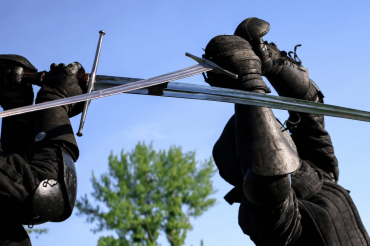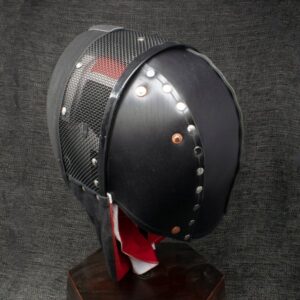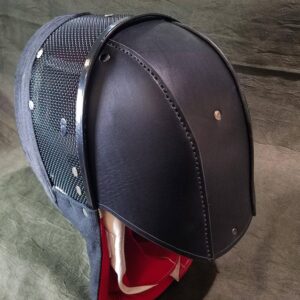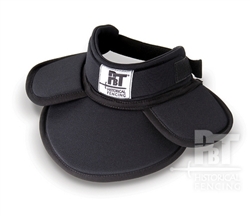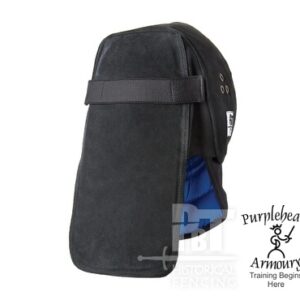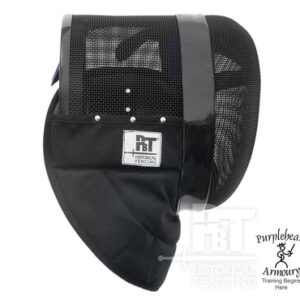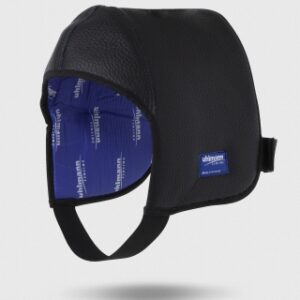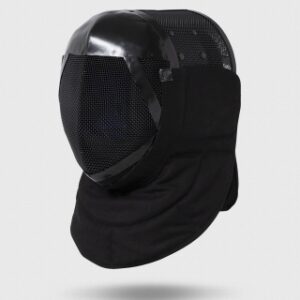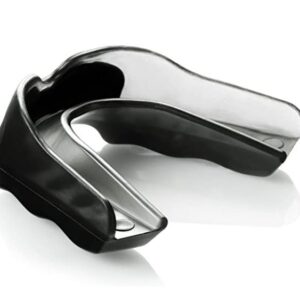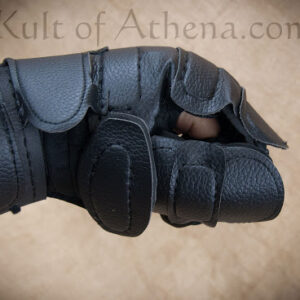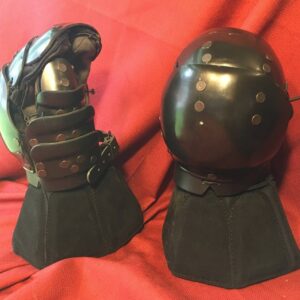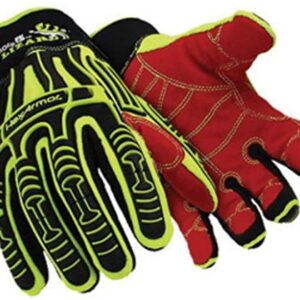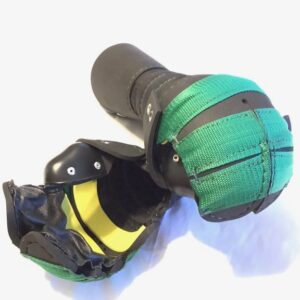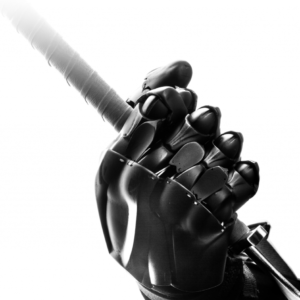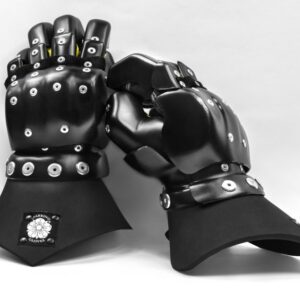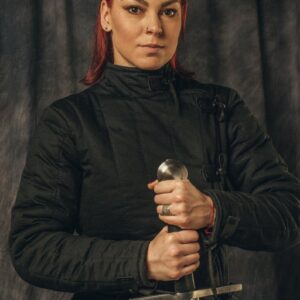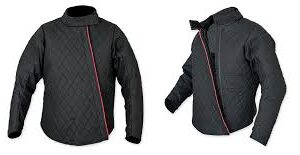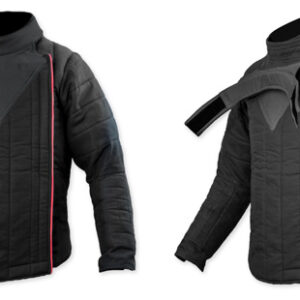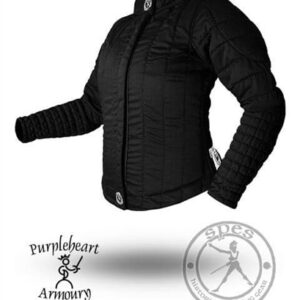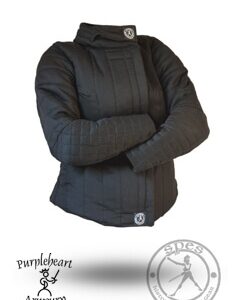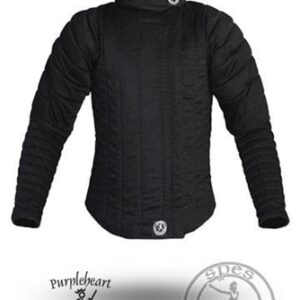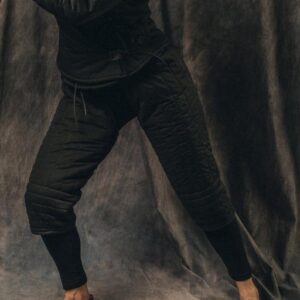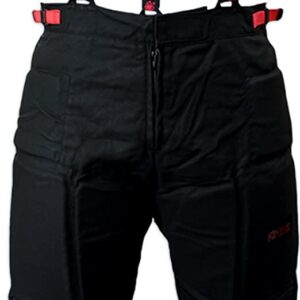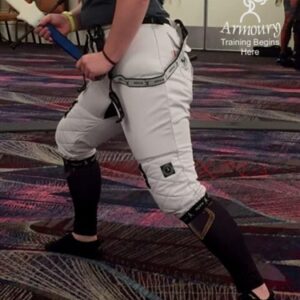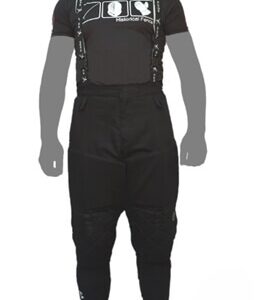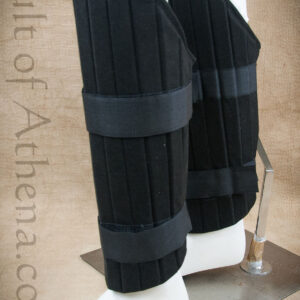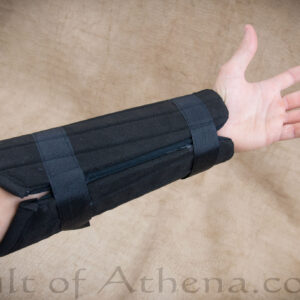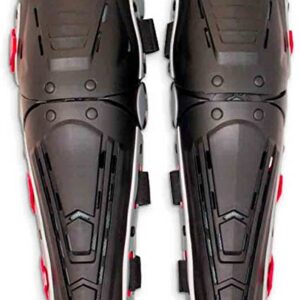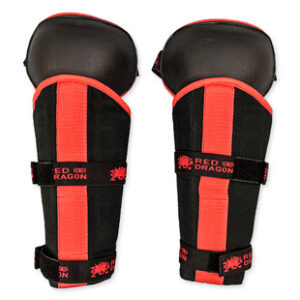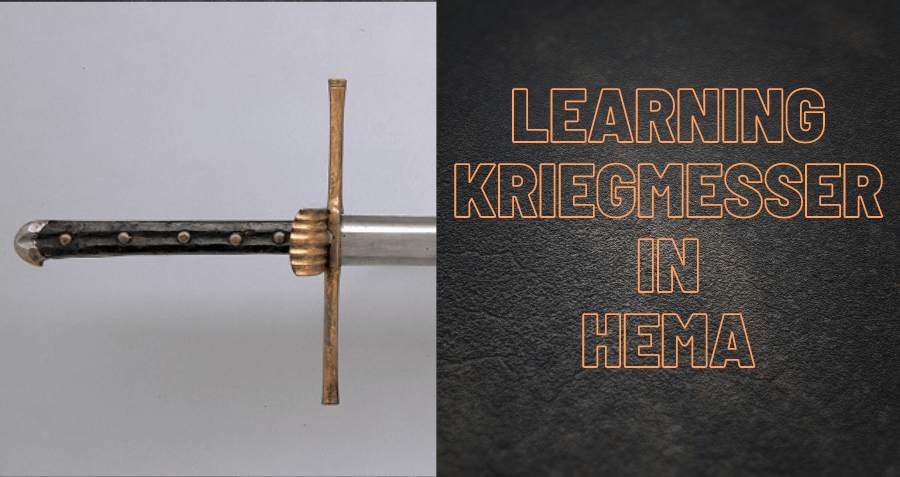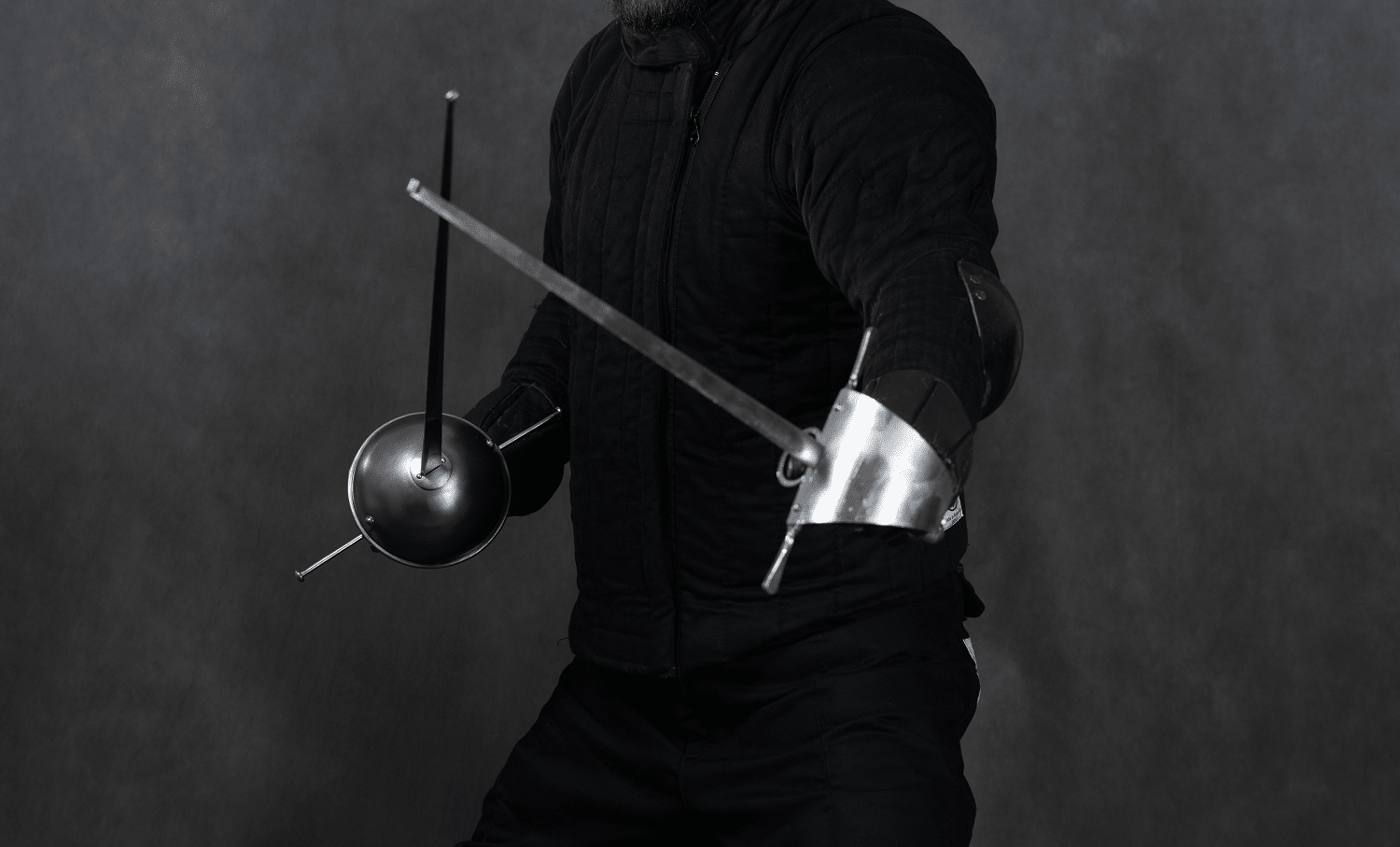This article is our HEMA tournament gear and equipment guide for those involved in Historical European martial arts. By reading this article you will learn valuable information about what kind of equipment is allowed at most HEMA tournaments and what will be required in order to participate as a historical fencer at these events. We will also recommend equipment to purchase for these tournament events within the Historical European martial arts sports community.
What Are HEMA Swordsmanship Tournaments?
Martial arts has been a vital part of history throughout the ages, linked together with many cultures who made sports a part of their way of life. Many cultures across the ages have worked tirelessly to improve upon the methods set before them, and that tradition continues today. One form of martial arts that has gained serious ground since the 1990s and continues to progress forward is Historical European Martial Arts. HEMA tournaments and other competitions are a large part of this community.
HEMA is the abbreviated term for Historical European martial arts. This is a unique field of martial art study that is part swordsmanship, part experimental archaeology and part sport. Over the past several decades athletes and scholars have come together to revive the lost traditions of European swordsmanship dating all the way back to the early medieval period, the Renaissance, the Elizabethan and Victorian periods of European history. Many of these arts, such as those involving the long sword, had not previously been practiced in earnest for hundreds of years. Today practitioners are working to revive the culture and practice of HEMA, which can include dueling, unarmed combat, swordsmanship and several other techniques.
You can learn more about the events which have resulted in the revival of western swordsmanship in our article, The History of the Modern HEMA Movement.
The culture and study of HEMA can be very intriguing, but the practicality of it can create skills of self-defense through striking, wrestling and grappling. While you might not be carrying a sword around, it is pretty cool to learn how to use one. Not only will your self defense skills improve, you will learn how to bend and move your body in new ways perfected by those who fought in Europe centuries ago. The cultural heritage — the continuation of chivalric martial arts and knightly martial traditions — a person can learn through HEMA can be just as thrilling as the physical embodiment and act of sword fighting.
So perhaps you want to learn more about the western history of martial arts, but you are not sure where to get started? That is completely understandable. Fortunately for you we have several articles here that can point you in the direction of a local club, with locations across Europe, the United States, Canada and Mexico. Connecting with others through workshops, reading through guides and contacting a professional is the perfect way to begin.
However, you should also know you are going to need the correct gear. Your safety, as well as the safety of your fellow participants, is the number one priority.
The main focus of this article is in assisting people with choosing the best protective equipment, practice swords and other gear that will be necessary to engage in swordsmanship tournaments as safely as possible.
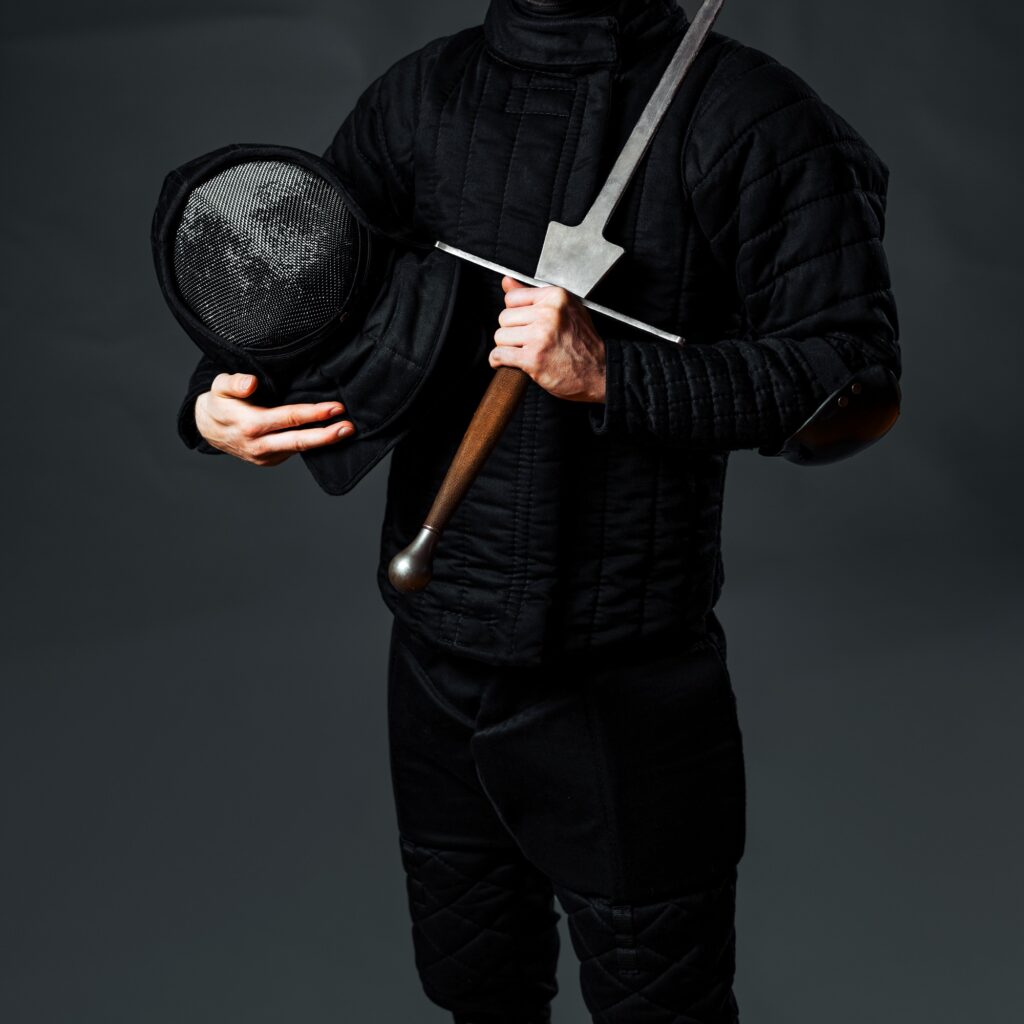
Choosing Gear for Historical European Martial Arts Swordsmanship Tournaments
While HEMA is one of the most thrilling sports on earth it also can be dangerous without the proper precautions. Even if you have been a sword fighter for a while, it is always good to freshen up on your knowledge of the protective HEMA gear that is required for high level swordplay. There are certain pieces of equipment that are mandatory at nearly all HEMA tournaments for safety reasons, sometimes even required by the insurance company for the event. There is also no need for anyone to suffer a serious injury during training or competitive sword fighting, and having properly fitted gear can help prevent these kinds of injuries. You also want to ensure your own gear is cleaned properly to keep from spreading germs or having to endure other people’s sweat during practice, so it’s always better to have your own gear than to borrow from another.
There are a few things you need to consider before jumping into a HEMA equipment purchase. First, you need equipment that provides enough protection against strikes from heavy weapons such as a long sword / federschwert. After all, you will be fighting with swords. Your gear needs to protect you against hits from those weapons. While the weapons themselves are dull and not sharp, blades can sometimes break under pressure when clashing against each other. The shards of the broken blades fly in the air with enough force to be able to penetrate a person should the jagged edges hit them, so puncture resistant material is used for producing HEMA fencing jackets. Puncture resistance in case of a broken blade and pain reduction from hits you take to the head, hands and body should be at the top of your list of needs when shopping for tournament grade HEMA protective equipment.
Secondly, consider the requirements of specific HEMA tournaments you wish to attend. While each HEMA club will set their own standards there are some general guidelines about what is expected at tournaments. The quality of the gear is important, and as HEMA becomes more popular, more manufacturers will begin producing more different varieties of gear; some of higher or lower quality than others. It is vital to do diligent research before purchasing any and all equipment. As the popularity of HEMA is on the rise, so is the amount of equipment available to you. There are some amazing products that have hit the market in recent years, it just takes some thought to find the gear best for you and your fighting style.
Beginner HEMA Gear We Recommend
If you are a beginner in HEMA gear your upfront investment can be more than other martial arts, although it is comparable to the investment a person must make to participate in contemporary Olympic style sport fencing. The primary difference is that HEMA swordsmanship uses heavier weapons and so requires specialty padded jackets and more sturdier mask protectors, as well as protective gear for the forearms, elbows, hands and legs.
We have written a starter guide for beginners to HEMA longsword which recommends different tiers of equipment by your budget and its quality.
Local coaches at HEMA clubs will often recommend gear based on what is needed for different sword fighting activities and styles. It is important to follow these recommendations, otherwise you can get very seriously injured. Generally you need a fencing mask and protective gloves to begin light to medium intensity free sparring with a practice sword such as a federschwert, and many clubs have these available for new beginning students as loaner kit gear. This gear usually is not sufficient for participation in tournament level sword play however, so if you decide you wish to fight at full intensity in tournaments you should probably make the investment to obtain your own personal kit.
Be aware that there are different levels of experience at HEMA clubs; some clubs are young while others can be old but extremely insular to their own communities. Some instructors may not being as familiar with the full range of HEMA equipment that is available to purchase, or sometimes possess other biases that lead to favoritism for certain brands over others. You should always do as much research as you can before purchasing equipment, even if it is recommended by an instructor.
HEMA Tournament Gear Requirements
Many tournaments, especially those in European countries, have higher requirements than one needs for sword fighting / free play at a club. This is because tournaments tend to attract the most serious and best athletes in the HEMA community, who may not hold back their strikes as they are seeking to win the exchanges. This is in comparison to the club environments where a fencer usually does not practice at full high intensity sword fighting all of the time, but in a tournament you can expect your opponents to fight at their maximum best.
The FIE (Fédération Internationale d’Escrime) is the governing body of contemporary Olympic fencing and oversees organizations such as USA Fencing, who follow their regulations for protective equipment requirements used by contestants at their events. While the FIE organization has no authority over HEMA tournaments, many event organizers and clubs within the HEMA community have adopted these standards anyway. The European CEN Standard refers to the requirements of manufacturers to rate fencing masks and jackets per FIE standards in order to be used in their events and associated training centers and gain FIE Approved stamps on the equipment they sell.
The most common ratings for equipment are “350N” and “800N”. The ‘N’ part in the number stands for how many Newtons of force the material can resist puncturing against, which is tested using a probing device instrument. While some hand puncture devices exist that allow people to test these things at home using a ‘punch’, the officially sanctioned equipment is tested at special laboratories used by the FIE. Material used in fencing protective body jackets and pants construction which has been certified to resist “350N” of force is given the rating of CEN level 1 per the European standard for fencing uniforms, and “800N” is considered CEN level 2. Mask bibs used in tournaments are often rated higher than this though, as any puncture wound to the neck could be instantly fatal.
While there is not yet any universally accepted standards within the HEMA community internationally, some European HEMA tournaments may require fencing masks made from puncture resistant material that has been rated at least 1600N, but will still accept 350N rated fencing jackets and pants. Some historical fencers do elect to to use 1600N or 1800N rated material for all of their equipment for the additional security of their person against accidental blade breaks that could cause puncturing wounds.
It is worth keeping in mind that CEN level 1 (350N) masks are sometimes not allowed at HEMA tournaments, although it is commonly used for starter equipment at clubs.
HEMA Tournament Grade Fencing Masks
If you are going to spend money anywhere, the fencing mask is the most important. Your head needs the best protection it can get, and that begins with your HEMA fencing mask. Before you get start shopping, you should know there are two kinds of fencing masks accepted at HEMA tournaments: 800N masks and 1600N masks. The rating refers to the bib material, not so much the wire mesh.
For advice on how to find the correct size of fencing mask for your head you should read our article on this topic.
We mentioned in our starter gear guide that people often uses coach masks and we still recommend that route as the most affordable option for starting out but for extra protection a 1600N mask is more desirable. You’ll also need back of the head protector for the mask, too. You can use a soft one like the model produced by PBT or alternatively, a hard leather back of the head protector.
One of the best tournament grade fencing masks in our opinion is manufactured by Germany based Uhlmann Fencing. Uhlmann Fencing is a manufacturer of high end equipment and has a line of HEMA specific protective gear. This mask has a protective plate atop the crown to protect against heavy long sword blows as well as a plastic plate to support the neck. The leather hood overlay to provide additional protection must be purchased separately.
You should also have a mouth guard for helping your teeth absorb the hard blows, and not shatter against themselves nor cause you to accidentally bite your own tongue.
HEMA Tournament Sparring Gloves
Unlike in other sword fighting sport events such as in SCA Heavy Combat and Burhurt / Historical Medieval Battles, reproduction steel gauntlets generally are not used in HEMA for long sword fighting. This is because while they will prevent cuts, they don’t do much to absorb the impact of strikes and can still result in broken fingers. Specialty gloves made for HEMA event purposes are made of modern materials for this reason.
Your hands are an important part of your success or failure in HEMA tournaments and they need to be adequately covered, ensuring you do not get your fingers injured or broken should your hands be struck during sword fighting. This is because the hands are a common target in historical European martial arts sword play. With that in mind you want a pair of HEMA gloves that will absorb the energy of any blows from your competitors’ heavy sword blades, while allowing your hands to remain mobile. and free to change different gripping styles. The HEMA gloves you select should allow you to comfortably grip your sword and be made of high-quality materials. While some people purchase two pairs of gloves, one for intense tournament level fighting, and another pair for lighter drilling, for for longsword tournament you should not sacrifice on protection.
It is also a good idea to have an underglove worn beneath your protective gloves, that is puncture resistant with hard liners to protect the fingers from being busted. The Hex Armor 2021 Rig Lizard is a popular choice, which is worn by oil rig worker crewmen to protect their hands from getting broken or cut around all the heavy machinery. If it works for them it can work for you, too.
The last thing you need is for your hands to get injured in a sparring match; it can be pretty difficult to compete with a broken finger and most people cannot endure the pain, so you want to avoid this happening to you during a match by getting good gloves. You need gloves that will protect all parts of the hand, including the fingers, thumbs, fingertips and your wrists. Keep in mind, any gloves that do not have protection on the wrist will not be allowed in HEMA tournaments.
Another popular option at tournaments are the Hoof Style gloves offered by the brand Sparring Gloves. These gloves are considered to have more mobility in the fingers than SPES Heavies, but have slightly less protection.
For those seeking the most mobility of the fingers and adequate protection, there are gauntlet style gloves available now from the brands Sparring Gloves and ProGauntlet. These gloves are pricier than other options and must be ordered with measurements tailored to your hand but offer the best balance of hand mobility and protection.
When it comes to the mobility of the gloves, it is up to personal preference. Some gloves are stiffer than others, making it more difficult to move and swing a sword. You need to decide what level you are comfortable with and which pair allows you to safely move your fingers and thumb into different gripping positions. Make sure it is easy to perform a variety of movements. Keep in mind gloves often come in a range of sizes, and some come in just one size, so pay close attention before paying for a new pair.
HEMA Tournaments Jackets and Pants
Your head, neck, torso, arms, hands and legs must be completely covered during a tournament with no skin exposed. While you can get away with not wearing a fencing jacket and pants while doing light drilling with a partner, for a tournament you must wear a proper fencing jacket and pants that is puncture resistant. While many tournaments still allow jackets that are 350N rated, some tournaments require 800N rated jackets or better.
When shopping for a jacket you can pick between heavily padded and lightly padded versions. A heavily padded jacket will not be breathable as a lighter padded jacket, but the heavier padded versions will provide more protection when taking blows. You especially want padding on the shoulders and chest. You may also want a jacket that has inserts on the forearms and an elbow protector while being breathable and flexible.
A popular choice for tournament jacket are the ones manufactured by the brand SPES.
The right pair of HEMA padded fencing pants will protect your upper thighs from strikes or situations where a blade has broken and goes flying. This is something you must consider for any HEMA tournament gear you wear. Just as with fencing masks and gloves, your HEMA padded fencing pants worn at a tournament will be a matter of personal preference but safety still needs to be the most important factor in your gear. Make sure they are made from at least 350N rated material, if not higher.
SPES is also a popular brand for pants, too.
HEMA Tournament Shin, Elbow and Forearm Protectors
If you are planning to spar with full intent, you will need to have heavy HEMA tournament gear level of protection. On top of everything mentioned above, you will need a pair of shin, elbow and forearm protectors for heavier weapons. Forearm protectors and shin covers should be light but durable enough to protect your limbs from injuries.
There are of course more manufacturers of protective HEMA gear than these recommendations. Please visit our articles about North American and European HEMA Equipment distributors for more options.
You should be aware that brand new HEMA equipment often requires a “break in” period and will be stiff when first purchased. For tips on how to hasten this period please read our guide on How to Break in Brand New HEMA Equipment.
Do you disagree with our recommendations? Have any further thoughts you’d like to share? You can comment on this blog or alternatively the Recommended HEMA Tournament Grade Protective Equipment Thread on our forums.
****
If you’d like to learn more information about historical fencing practices please check out our Learn HEMA page for a guide to learning about the historical weapon that interests you. You can also find more guides we’ve written about other topics at our Helpful Guides page.
Related posts:
- The Best Historical European Martial Arts YouTube Channels to Watch
- What are the best HEMA (Historical European Martial Arts) equipment stores in North America?
- HEMA Book Review: Introduction to the Italian Rapier by Devon Boorman
- Strength Training and Body Conditioning Exercises for HEMA Sword Fighting
